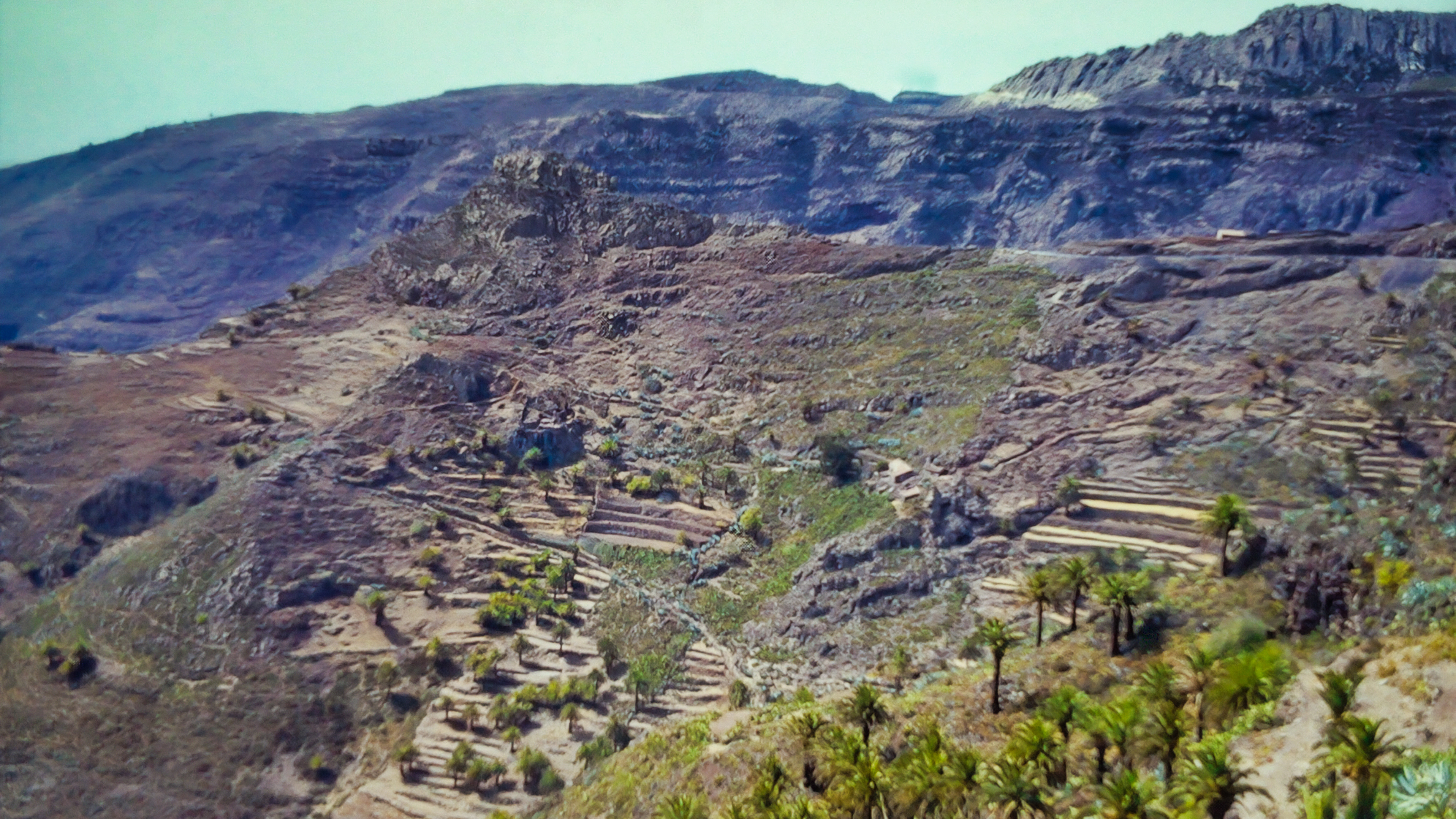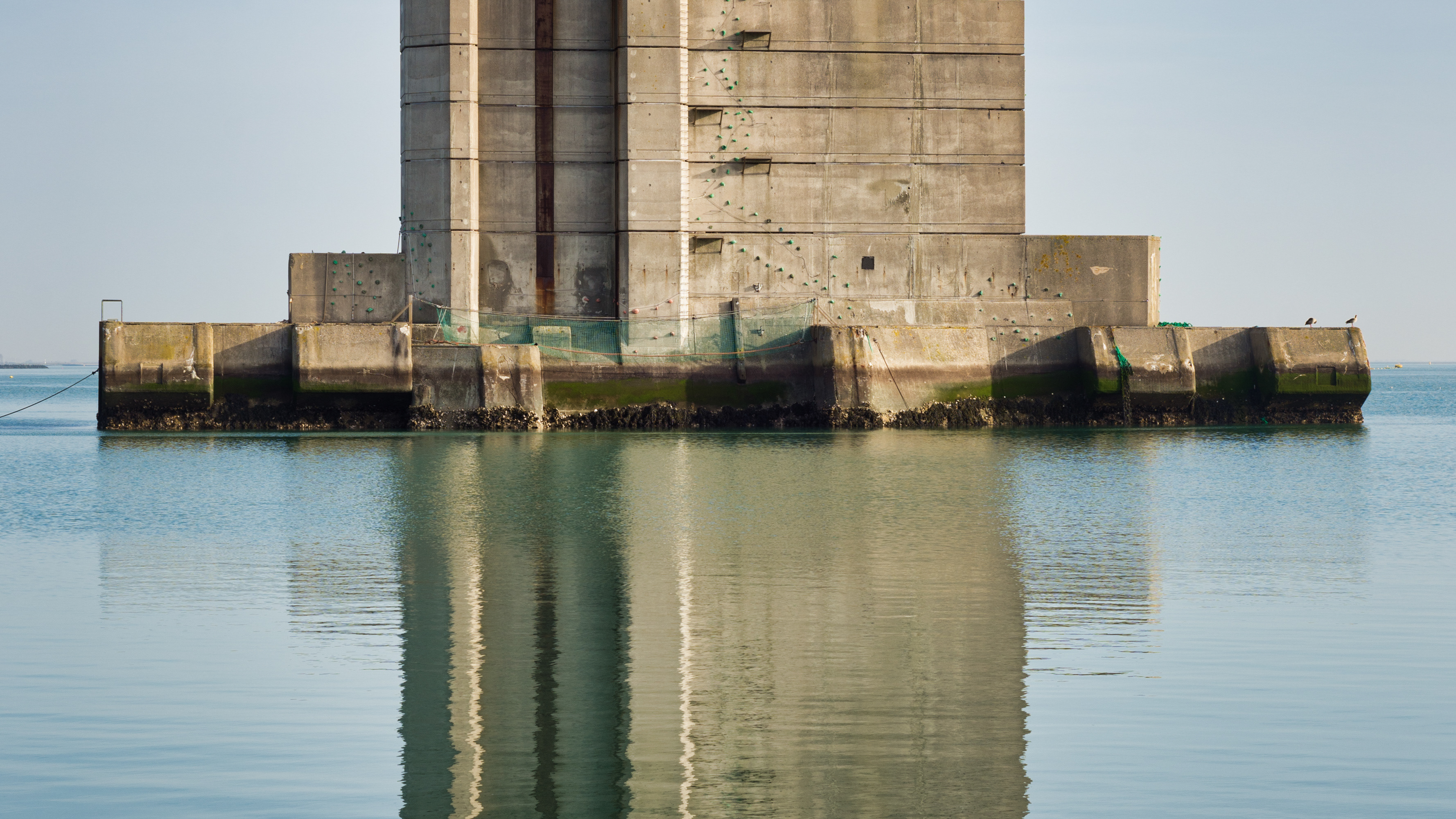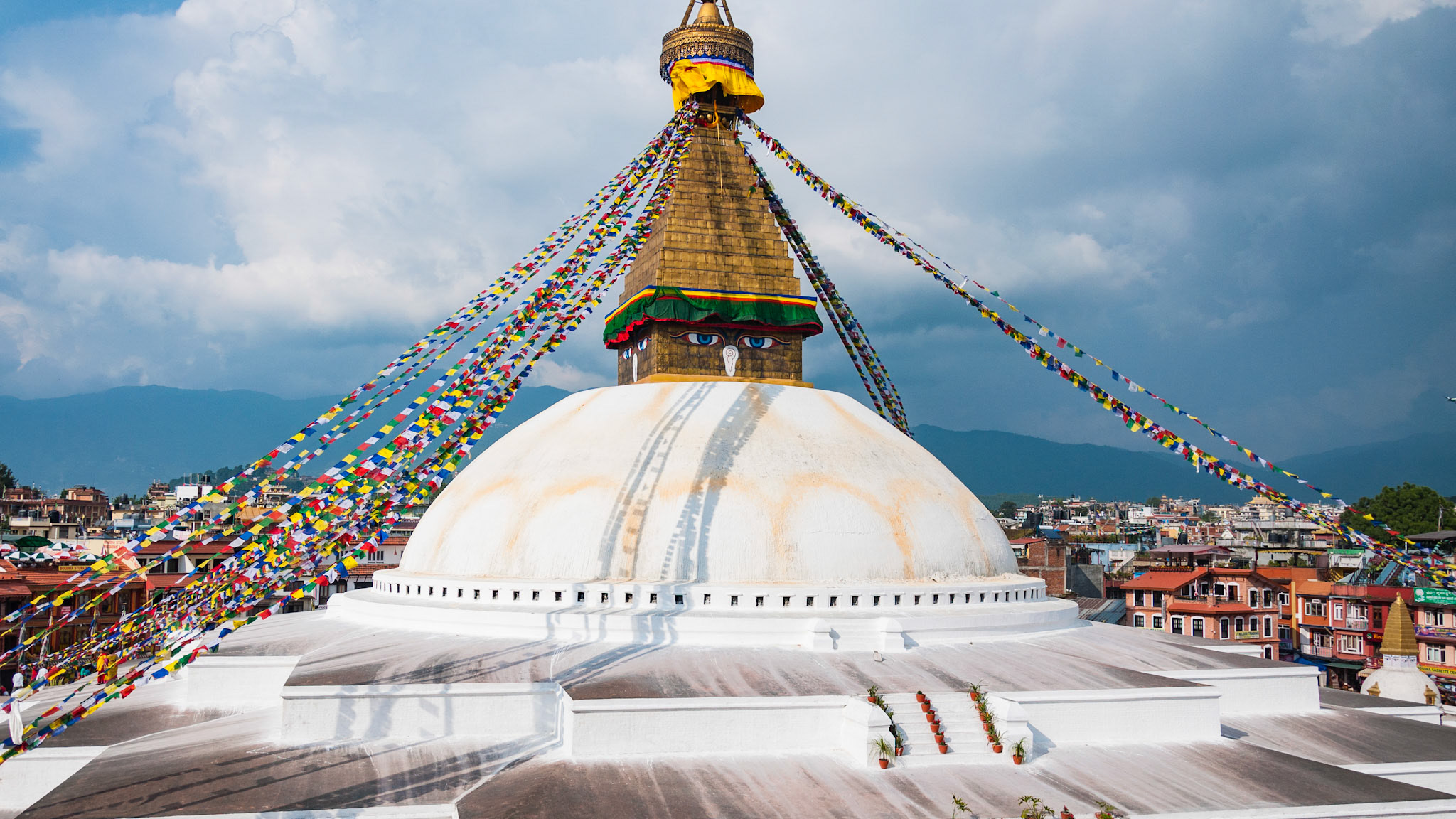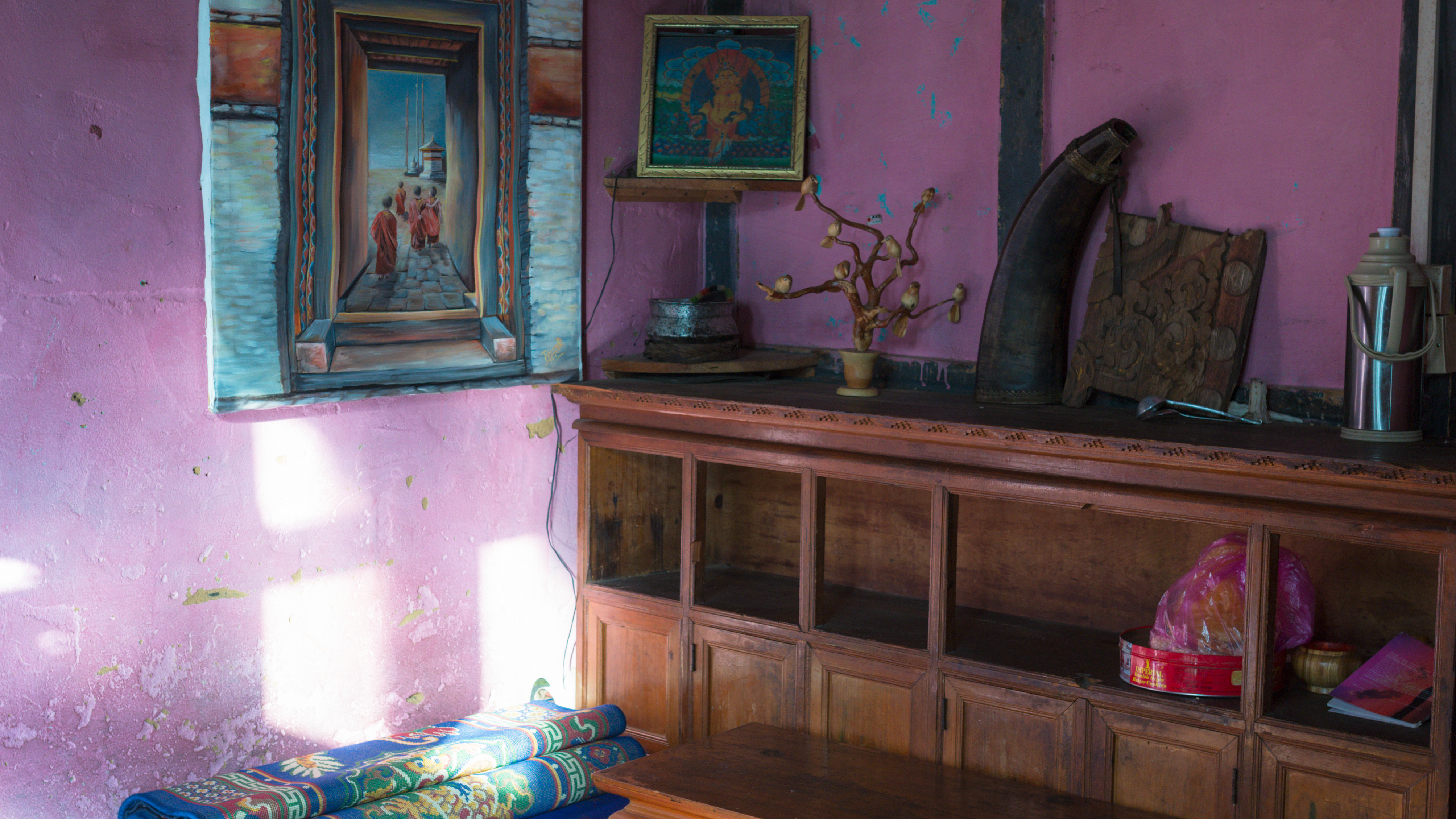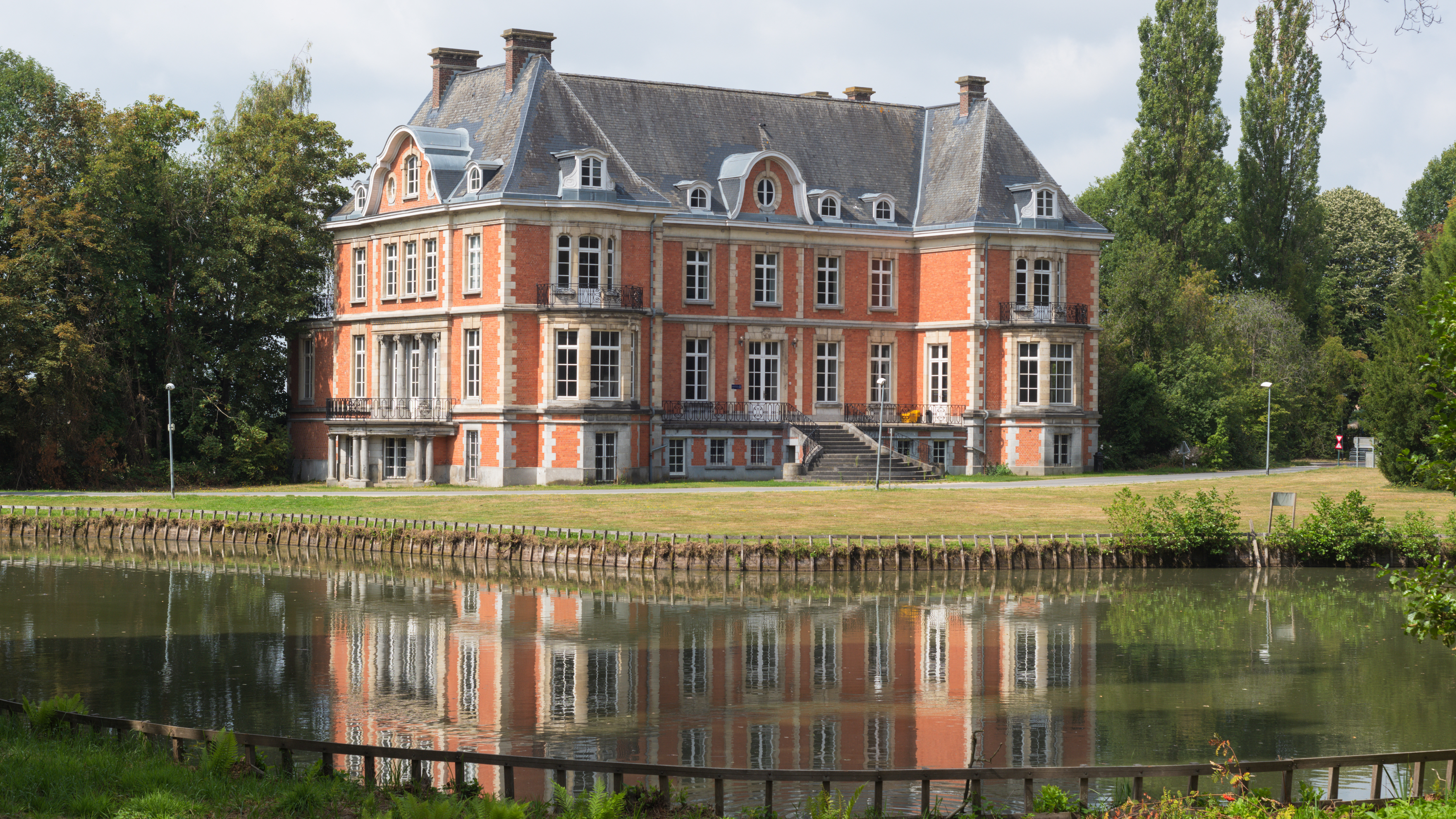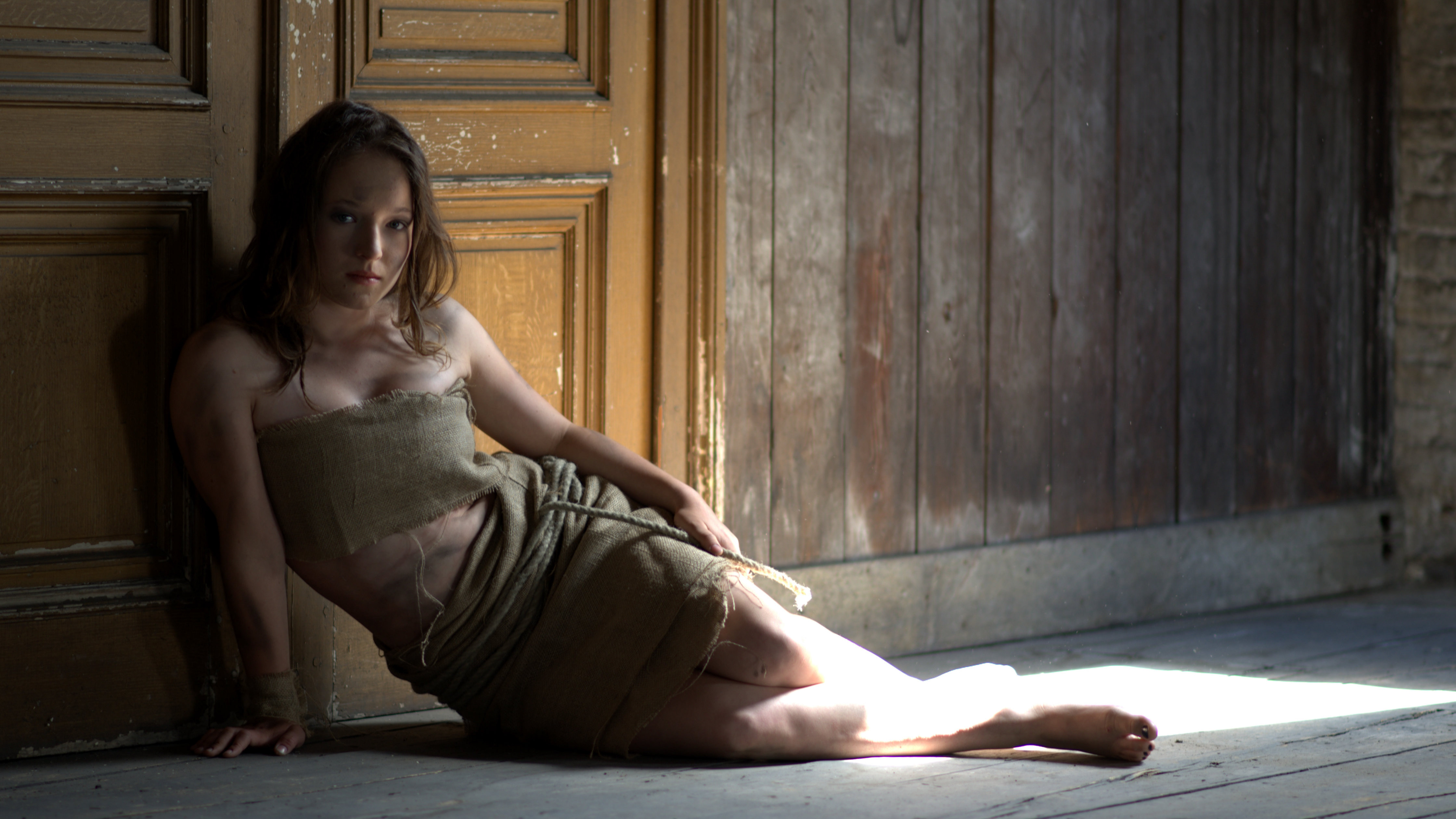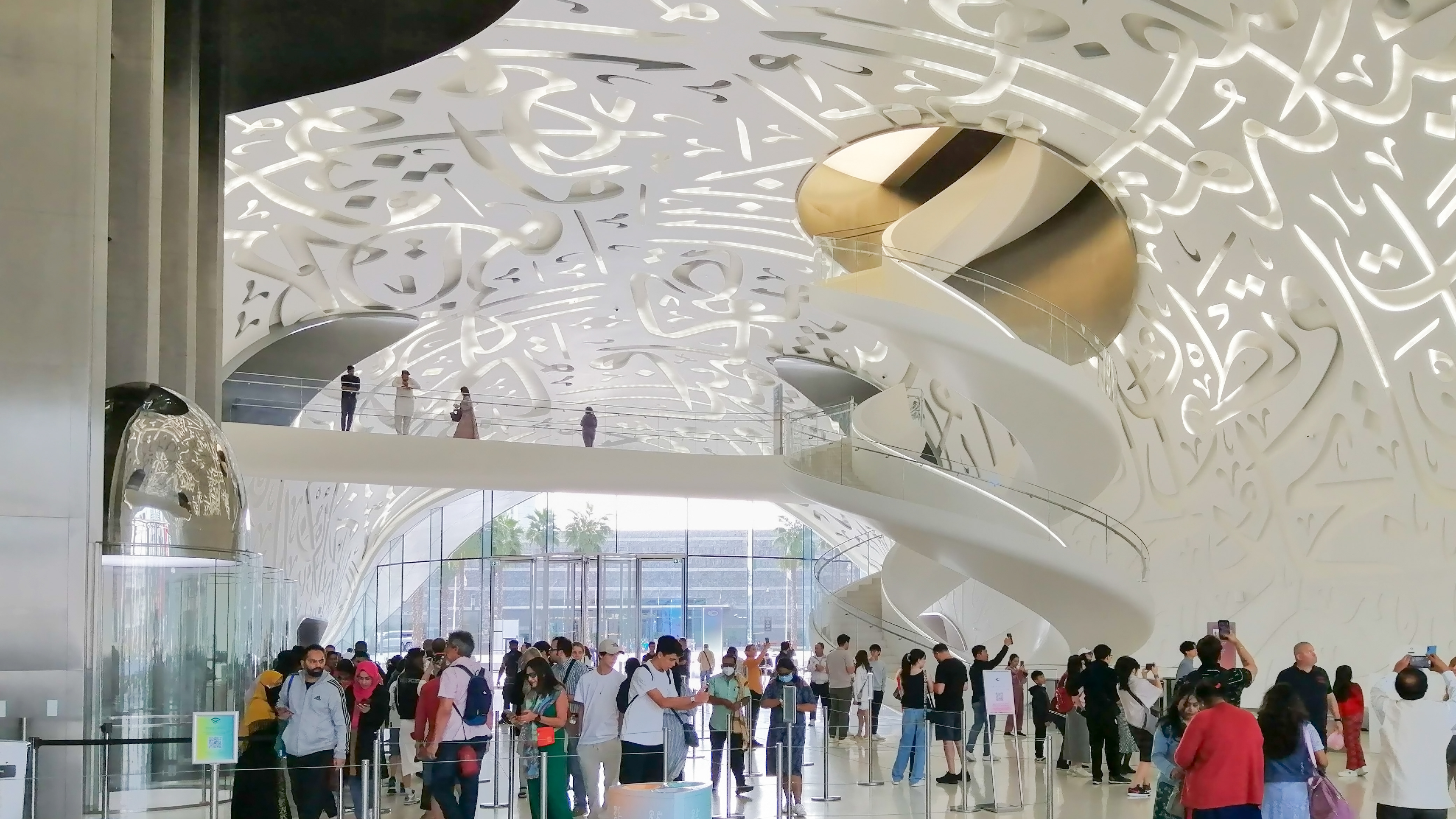Rinpung Dzong, located in Paro, Bhutan, is a stunning fortress-monastery that exemplifies the grandeur of traditional Bhutanese architecture. Known as the "Fortress on a Heap of Jewels," it was constructed in 1646 by Zhabdrung Ngawang Namgyal, the unifier of Bhutan, on the site of an earlier monastery. Perched on a hill overlooking the Paro Valley, the dzong is renowned for its massive stone walls, intricate woodwork and tiered roofs with upturned eaves.
Beyond its architectural beauty, Rinpung Dzong holds deep historical and religious significance. It served as a strategic fortress against Tibetan invasions and remains a central hub for spiritual practice and regional governance. The dzong is home to the monastic body of Paro and several sacred temples, including the central tower, known as the Utse and the monk's quarters, called the Tsenkhang.
One of the most celebrated events at Rinpung Dzong is the annual Paro Tsechu, a vibrant religious festival featuring masked dances, rituals, and the unveiling of a giant thangka (sacred scroll) depicting Guru Rinpoche. This festival attracts thousands of devotees and visitors, offering a glimpse into Bhutan's rich cultural and spiritual traditions.
Visitors to Rinpung Dzong enter via the traditional wooden bridge, Nyamai Zam, which spans the Paro Chhu (river). The fortress is not only a testament to Bhutan's architectural prowess but also a living symbol of the nation's cultural and spiritual heritage. Its well-preserved structures and ongoing religious activities make it a vital part of Bhutanese identity and it is recognized as a tentative UNESCO World Heritage site for its outstanding cultural value.
Photography: Walter E. L. Somers
in collaboration with High Asia Tours
